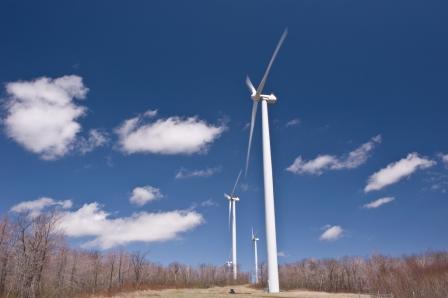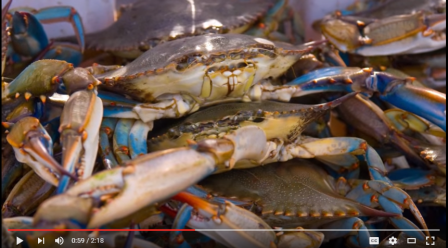EPA Highlights for the Week of July 11, 2016

- $10.7 Million Allocated to Clean Up Communities
- Endorsing a Path to Healthier Schools
- Join a Clean Energy Incentive Program Webinar on July 19
- What Climate Change Means for Oceans
$10.7 Million Allocated to Clean Up Communities
 RLF grants help to transform neighborhoods by contributing to much-needed community projects.EPA recently announced approximately $10.7 million in supplemental funding to help transform communities by cleaning up contaminated brownfield properties. EPA plans to provide supplemental funding to 33 successful Revolving Loan Fund (RLF) grantees, helping more than 40 communities carry out cleanup and redevelopment projects. These projects will help communities create jobs while protecting people’s health and the environment.
RLF grants help to transform neighborhoods by contributing to much-needed community projects.EPA recently announced approximately $10.7 million in supplemental funding to help transform communities by cleaning up contaminated brownfield properties. EPA plans to provide supplemental funding to 33 successful Revolving Loan Fund (RLF) grantees, helping more than 40 communities carry out cleanup and redevelopment projects. These projects will help communities create jobs while protecting people’s health and the environment.
RLF grantees supply funding for loans and sub-grants to carry out cleanup activities at brownfield sites. These funds help maintain momentum so that more cleanups can be completed.
Endorsing a Path to Healthier Schools
 We’re partnering with organizations across the country to make schools safer for kids, teachers, and staff.Schools across the country are transforming themselves by reducing the unnecessary exposure of students, teachers, and staff to pests, allergens, and pesticides. Safer, healthier and well-maintained school environments can improve attendance rates, student learning and even school pride. Reduced pesticide use can also save money.
We’re partnering with organizations across the country to make schools safer for kids, teachers, and staff.Schools across the country are transforming themselves by reducing the unnecessary exposure of students, teachers, and staff to pests, allergens, and pesticides. Safer, healthier and well-maintained school environments can improve attendance rates, student learning and even school pride. Reduced pesticide use can also save money.
EPA is working with 20 national organizations to help schools become safer environments through the use of integrated pest management (IPM). Simple preventive measures like sealing cracks and openings, installing door sweeps, fixing water leaks, and refining sanitation practices can make a school unappealing to pests.
Read a blog post by Jim Jones, Assistant Administrator for the Office of Chemical Safety and Pollution Prevention on the goal to make IPM practices the standard in all schools over the next 3 years.
Join a Clean Energy Incentive Program Webinar on July 19
 The CEIP proposal provides a key opportunity for stakeholders to comment on several program design elements.EPA is proposing additional details for public comment about the optional Clean Energy Incentive Program (CEIP), which was included in the final Clean Power Plan. The CEIP was designed to help states and tribes meet their goals under the plan by encouraging early investments in zero-emitting renewable energy generation, and by removing barriers to investment in energy efficiency in low-income communities.
The CEIP proposal provides a key opportunity for stakeholders to comment on several program design elements.EPA is proposing additional details for public comment about the optional Clean Energy Incentive Program (CEIP), which was included in the final Clean Power Plan. The CEIP was designed to help states and tribes meet their goals under the plan by encouraging early investments in zero-emitting renewable energy generation, and by removing barriers to investment in energy efficiency in low-income communities.
EPA is hosting a webinar on July 19 at 1:00 pm EDT that will provide an overview of the Clean Energy Incentive Program (CEIP) Design Details Proposal.
What Climate Change Means for Oceans
 The ocean absorbs about 1/4 of the CO2 released into the atmosphere by human activities.Oceans have a critical role in protecting the Earth but are threatened by greenhouse gas emissions such as carbon dioxide. Some of the carbon dioxide emitted into the atmosphere eventually mixes with seawater and forms acid. This process over time has made ocean water more acidic.
The ocean absorbs about 1/4 of the CO2 released into the atmosphere by human activities.Oceans have a critical role in protecting the Earth but are threatened by greenhouse gas emissions such as carbon dioxide. Some of the carbon dioxide emitted into the atmosphere eventually mixes with seawater and forms acid. This process over time has made ocean water more acidic.
Ocean acidification harms shell-forming marine organisms such as plankton, mussels and crabs and reduces the amount of seafood available for humans to consume. Learn more about the impact of climate change on seafood.
Watch a videoExit on about EPA's role in understanding and controlling acidification.
